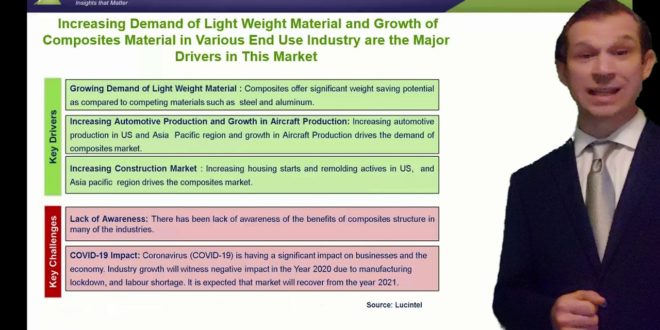Rajesh Uppal
March 28, 2023 AI & IT, Security & Threat Management
140
Blockchain, bitcoin, crypto assets, and virtual currencies have become a whole new vocabulary describing innovative technology to swiftly transfer value around the world. Blockchain originated just over 10 years ago. Since then, virtual assets have become widely available and have started to be used as payment products. Virtual assets have …
Read More »
Rajesh Uppal
March 28, 2023 Air Force & Aviation, Industry & Market Dynamics, Material
1,255
According to the International Air Transport Association (IATA), the demand for air travel rose by 7.4% in 2018 from 2017 levels. Air passengers accounted for 81.9% of the load factor on aircrafts, while freight load was 49.3%, the IATA data reveals. However, the COVID-19 pandemic has created turmoil in the …
Read More »
Rajesh Uppal
March 27, 2023 Biotech & Synthetic Biology, Human & Soldier Systems, Technology & Systems Management
119
Today’s disruptive working landscape requires organizations to largely restructure the way they are doing work, which has a significant impact on the capabilities business leaders expect from their people. As technology races ahead, skill gaps have appeared, widened and morphed. In addition, automation may displace 85 million jobs by …
Read More »
Rajesh Uppal
March 26, 2023 AI & IT
128
In Defense & Intelligence, milliseconds can mean everything. Real-time military analytics is the tactical edge for mission success. This is why information dominance for military operational readiness is so critical, and why the Department of Defense (DoD) and Intelligence communities collect and analyze so much military big data–everything from logistics, …
Read More »
Rajesh Uppal
March 25, 2023 Electronics & EW, Space Technology, Defense & Exploration
515
The space industry is set to expand to over $8.8 billion dollars by 2030 fueled by the rapid increase in the number of small satellite launches and decreased costs resulting from rideshare companies and programs A satellite present in an orbit should be operated continuously during its life span. …
Read More »
Rajesh Uppal
March 24, 2023 Nanotech, Quantum
210
Current silicon technology has steadily improved our ability to compute by increasing the number of bits and gates. Now researchers are developing Quantum technology to develop the next generation of computer communication, control, signal processing, and sensors. Quantum technology (QT) applies quantum mechanical properties such as quantum entanglement, quantum …
Read More »
Rajesh Uppal
March 24, 2023 Biotech & Synthetic Biology, Industry & Market Dynamics, Manufacturing
301
The biomedical research system has historically been supported by two main pillars: fundamental research on the mechanisms of disease, largely funded by the National Institutes of Health (NIH), and the pharmaceutical industry, which creates products to treat these conditions. Recent advances in biomedical research and health sciences present an opportunity …
Read More »
Rajesh Uppal
March 23, 2023 Biotech & Synthetic Biology, Manufacturing
254
The field of biomimicry, also known as biomimetics, seeks to emulate nature with technology. Biomimicry or biomimetics examines nature, its models, systems, processes, and elements to emulate or take inspiration from to solve human problems. Humans have always looked to nature for inspiration to solve problems. From a drone …
Read More »
Rajesh Uppal
March 23, 2023 Manufacturing, Photonics, Quantum
1,519
Photonics is a breakthrough technology as it uses photons (smallest unit of light) as the data carrier instead of electrons (smallest unit of electricity) used in electronic ICs. As light travels very high speeds, photonics is widely used to transfer huge amounts of data at a very high speed. Thus …
Read More »
Rajesh Uppal
March 22, 2023 Biotech & Synthetic Biology
120
A Johns Hopkins study claimed more than 250,000 people in the U.S. die every year from medical errors. Other reports claim the numbers to be as high as 440,000. Medical errors are the third-leading cause of death after heart disease and cancer. The reason for the discrepancy is that physicians, …
Read More »

 International Defense Security & Technology Your trusted Source for News, Research and Analysis
International Defense Security & Technology Your trusted Source for News, Research and Analysis

